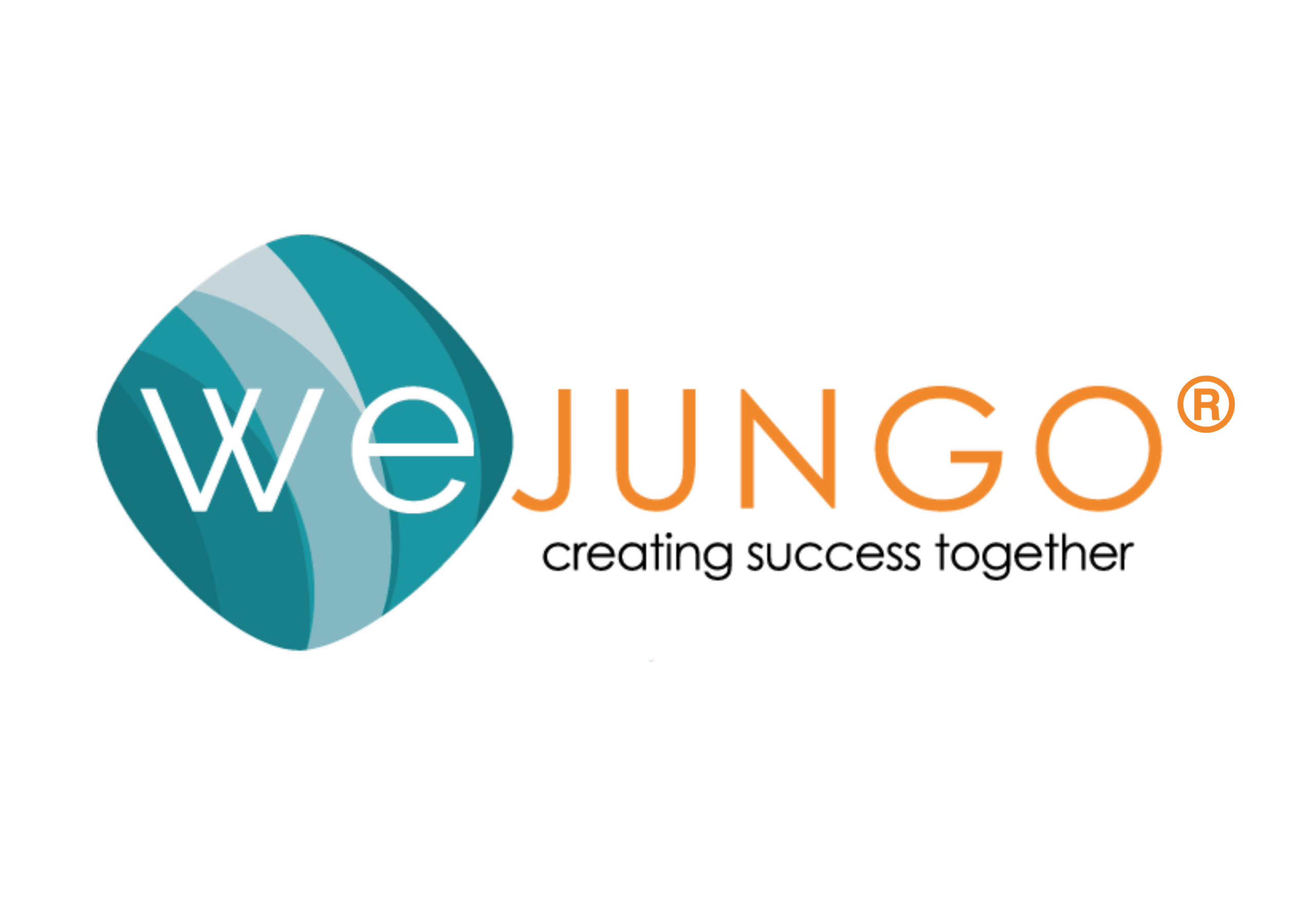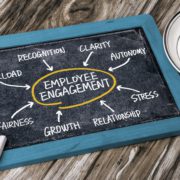It’s Time to Redefine the Rules of Employee Engagement

Three PhDs from a large consulting firm sat across the table from us and quickly proceeded to dive into their presentation. They provided us with a one-inch thick, spiral-bound report on the status of employee engagement at the company. For the next hour and a half, they presented the high-level findings as well as their recommendations on the activities leadership may want to consider implementing to improve things.
It was at this point the CHRO turned to me, an overwhelmed look on her face, and asked what I thought about the presentation and the data. I replied honestly (much to the chagrin of the consultants sitting across from us), and made the observation that in the last hour and a half we’d been talking about employee engagement. Yet, at no point in the conversation did any recommendation include the engagement of employees. Rather, all of the recommendations provided were geared toward what leaders could do to increase engagement.
While this didn’t make me any friends amongst the consultants that day, I felt that the CHRO needed my perspective. The mindset of, “Once a year I’ll ask my employees what they don’t like, and I’ll spend the next year of my life as a leader trying to fix it all,” is what’s fundamentally wrong with the whole employee engagement situation to begin with.
Annual Employee Engagement Doesn’t Work
Gallup recently reported that employee engagement levels stayed stagnant in 2015. According to their data, 32% of employees are engaged with their jobs. And this isn’t new. In fact, these levels of engagement have remained flat for the last 5 years.
The longstanding cycle of annual input from employee engagement surveys is fraught with shortcomings that only serve to further disengage your employees. Here are a few reasons why:
The data gets stale. Often, by the time leaders even see the data it can be weeks or even months old, especially in larger organizations. That data may not be a true indication of reality by the time you get your hands on it. If that’s the case, you’re making decisions based on something that’s not even relevant. You wouldn’t do this with financial data; why would you do it in this situation?
Leaders feel like they have to try to save the world. Leaders fancy themselves as problem-solvers, so it’s no surprise that they often get the results of the ltest engagement survey and jump into that role. In many cases, I’ve seen leaders fall into the trap of attempting to solve all of the challenges of their organization single-handedly. Of course, this never works. They take on a hundred things and they wind up accomplishing none. It begins a cycle of asking employees what they think, doing nothing tangible, asking them again next year, and wondering why engagement scores are tanking and response rates are falling off a cliff.
Employees have little to no skin in the game. The cycle described above not only sets leaders up to fail, it also creates a dysfunctional dynamic where employees take on a role of disengagement and dependency. Over time, they begin to expect leaders to serve at their beck and call. This cycle never ends well, yet we keep engaging in it hoping that we’ll have different outcomes next time.
Today’s employees expect to have a voice. Increasingly, employees expect to have a voice in their work environment. A once-a-year survey cannot be the sole source of input employers rely on to engage their employee base. It may still have a potential value to an organization, but not the employees directly.
It’s Time to Rethink Employee Engagement
So, knowing this, how can we evolve the way we structure our employee feedback processes so they model true employee engagement?
1. Make employee input and feedback a more continuous process. Leveraging
technology where possible can help facilitate more continuous engagement and input. Those who want to actively engage with their employer are free to do so. Those who don’t can chime in when they’re ready, rather than feeling forced to participate or hold their opinions until next year. More continuous interaction also allows leaders to see bumps in the road before they become mountains. Rather than waiting a year to identify a potential issue, these things can come to light in the moment and be addressed quickly.
2. Create an environment where employees feel free to provide input without fear of 
to understand their role in creating a safe environment for the process to play out. If your first reaction is to get defensive or?worse yet?to go after employees who provide more critical input, the only thing you’ll succeed in doing is destroying any hopes of getting people to share the truth with you ever again.
3. Actively engage employees in being a part of the solution. Break the cycle of leaders solving all employee woes by not only asking for employees’ input, but by also enlisting their help in making sense of the data. Better yet, encourage them to take an active role in partnering with leaders to create positive change within the organization.
4. Make it fun. While the primary purpose of soliciting input and engaging your team in solving issues is to drive business performance, it helps to have some fun with it. At gothamCulture, we utilize a cloud-based engagement and crowdsourcing platform to keep folks up-to-speed and actively providing input. We have a geographically dispersed team, so meetings don’t always work well for us. We gain a tremendous amount of continuous input on business topics, but we also take time to have a little fun and allow space for people to engage with each other in ways that help build personal connections between each other and our brand.
5. Look people in the eye? and talk to them. Surveys and technology can and do serve an important function in today’s business world. But relying solely on tools to engage employees is not the way to go. True engagement requires actually engaging with employees. Nothing beats actually sitting down, looking people in the eye and talking with them. Listening to their experience and collaborating with them to find solutions to things that are important to them. You don’t have to solve it for them, but you do need to be able to ask the right questions, listen, and be willing to help them help themselves.
In an era where employee engagement is a top concern, yet levels of engagement remain stagnant at best, it’s time to rethink the way we actually interact with our employees. You’d be surprised at what you might find if you take the time to sit down and talk with your people.
Don’t fall victim to the employee engagement cycle of deploying an annual survey that then becomes your sole responsibility to solve as a leader. It’s a no-win situation that only helps reinforce the very thing that you are trying to avoid.
*************************************************************************************************
ABOUT THE AUTHOR: CHRIS CANCIALOSI















